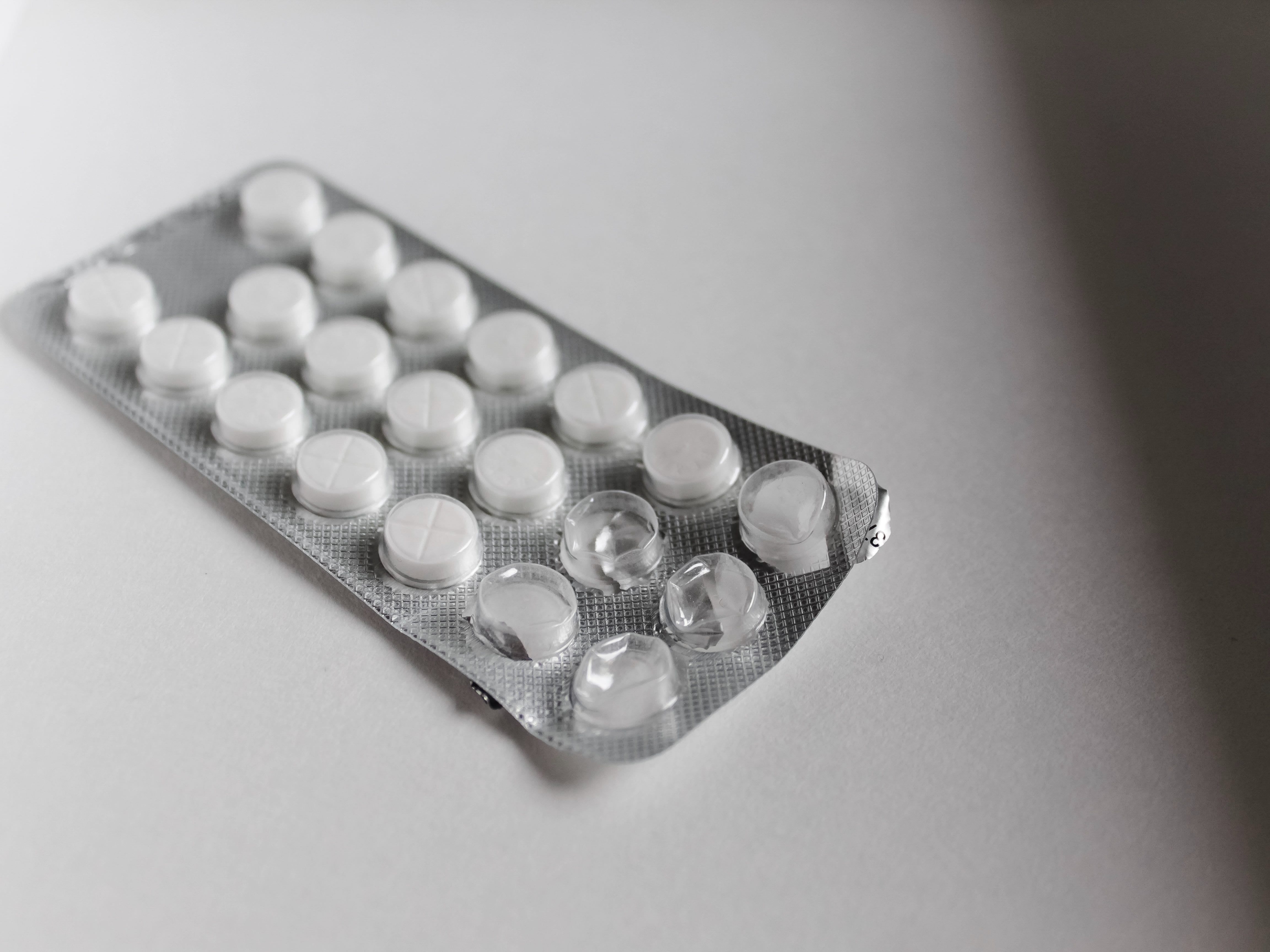Deaths from meth use are up and researchers blame the opioid crisis.
Hospitalizations from methamphetamine overdoses are up and so are deaths. Researchers now believe that the spike in meth use was born out of the opioid epidemic.
“There is absolutely an association,” said Dr. Phillip Coffin, director of substance use research at the San Francisco Department of Public Health, citing that more and more opioid users are now using meth as well – up from 19% in 2011 to 34% in 2017, according to a journal study published in Drug and Alcohol Dependence. The theory is that when prescribers stop writing opioid prescriptions, users turned to meth use.
“Methamphetamine served as an opioid substitute, provided a synergistic high, and balanced out the effects of opioids so one could function ‘normally,’” the researchers wrote.

A study conducted in Melbourne, Australia, also found that users who reported taking both meth and opioids, namely heroin, were doing so to calm the anxiety felt from the stimulant while simultaneously prolonging the high induced by the depressant, increasing the time between withdrawal symptoms. The deadly combination is sought to keep this balance and guard against the pain of coming down from the drugs.
Since meth is a stimulant and opioids are downers, dual use has been likened to drinking coffee in the morning and wine at night. Yet, it’s an especially deadly version of this comb, creating a cyclical dependence that is met with withdrawal symptoms if users don’t stay high around the clock. Not only that, but because users have to stay high throughout all hours, it’s an expensive habit to maintain. Meth is cheaper than heroin on the streets, but an addiction to both is still doubling crippling. The combination is also known to cause neurological damage, which can be irreversible, including extensive neurotoxicity.
“The heroin was the most expensive part,” one addict, identified only as Amelia, said. “That was $200 a day at one point. And the meth was $150 a week.”
In 2014, 14% of heroin users said meth was also a problem. Three years later, 22% said so. “That is very high,” said Dr. Dan Ciccarone, a physician and professor at the University of California-San Francisco. “That’s alarming and new and intriguing and needs to be explored.”
He added that the speedball, which is a mix of heroin and cocaine, is a common combination whereas meth and heroin was once thought to be uncommon. “It’s like peanut butter cups, right? Chocolate and peanut butter together,” he said. “Methamphetamine and heroin are an unusual combination.”
The meth-and-heroin combo is now becoming more popular and is referred to on the streets as a goofball, Ciccarone added, because it makes the user feel “a little bit silly and a little bit blissful.”
“I ended up doing both, at the same time, every day, both of them,” another addict, Kim, reported. “You’re like a chemist with your own body. You’re balancing, trying to figure out your own prescription to how to make you feel good.”
The downside, of course, is that it’s a cocktail that is not sustainable and continuously needs to fed until the user either decides to get sober or dies as a result.
Sources:
Meth In The Morning, Heroin At Night: Inside The Seesaw Struggle of Dual Addiction


Join the conversation!